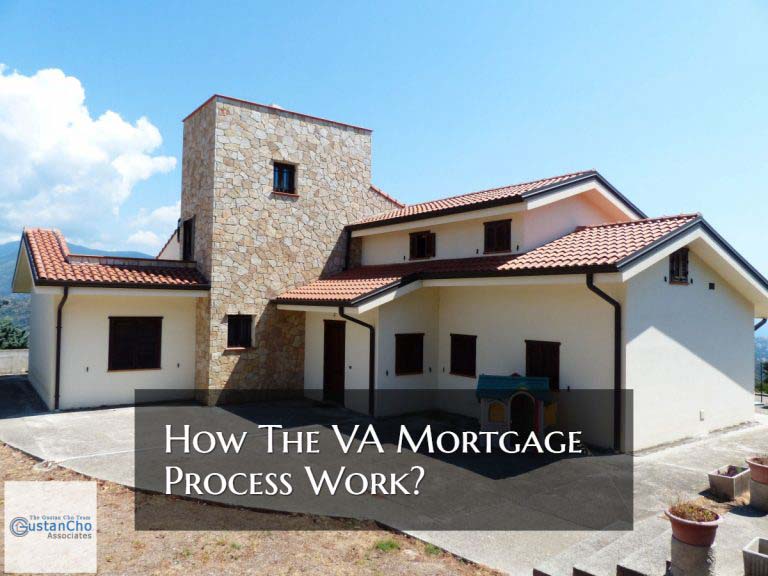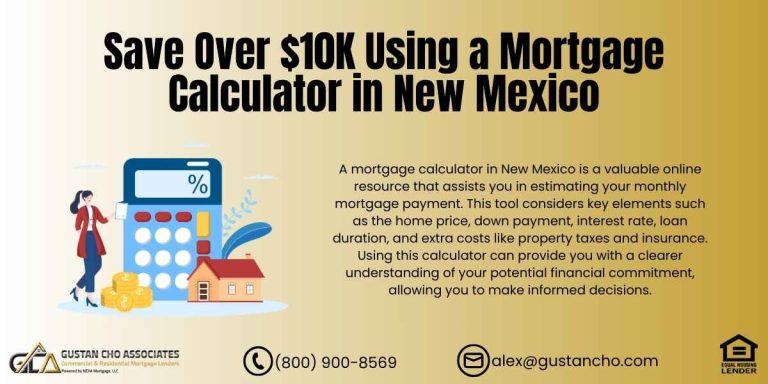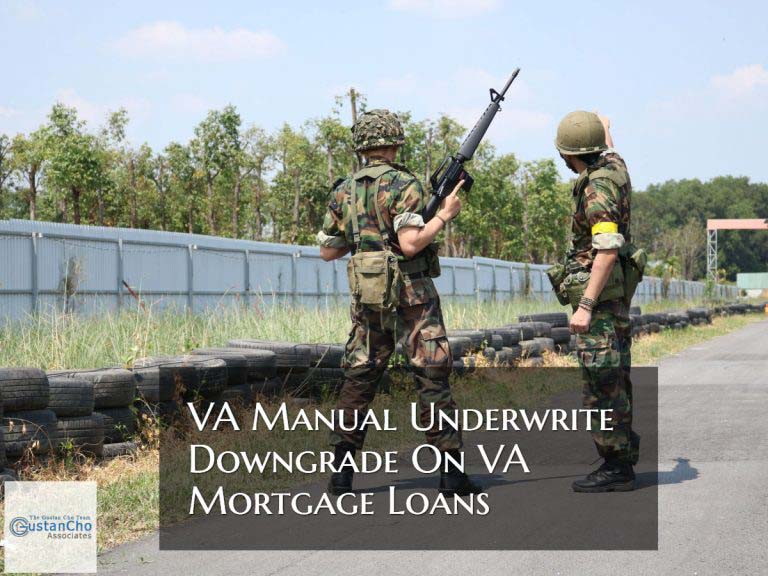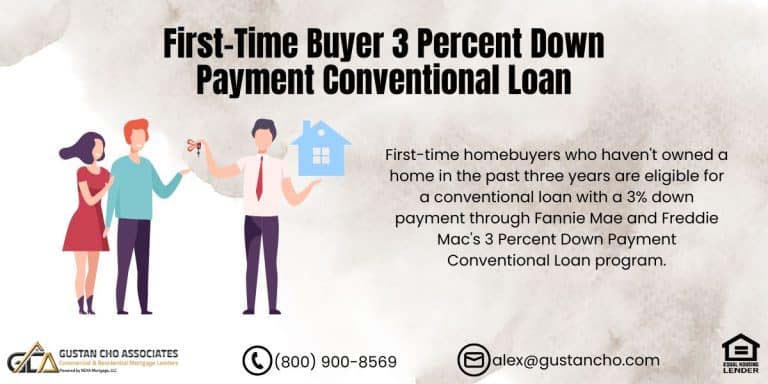This guide covers changes in mortgage guidelines on home loans and year-end recap. 2023 was a tough year for the mortgage industry and Gustan Cho Associates. It was a year filled with ups and downs in the housing and mortgage markets. In this guide, we will detail changes in the housing, mortgage, and financial markets. We will cover mortgage guidelines on home loans changes and what we expect in the coming year in the housing, mortgage, and economic markets. We appreciate our loyal readers and our new YouTube CHANNEL
Loan Limits Mortgage Guidelines on Home Loans
The beginning of 2024 was a great time to take out a new mortgage as the agencies raised the maximum loan amount requirements for conventional, and FHA loans. There is once again an increase for 2024. More information on the new loan limits please click this LINK. The beginning of year was the time of mortgage rate increases across-the-board for all mortgage loans. Mortgage rates continue to skyrocket with inflation soaring to record levels. All indications predict rates will continue to increase for the next year. When rates are high, home prices drop. With the combination of skyrocketing rates and high inflation, many homebuyers are getting priced out of the market.
Looking to Buy a Home? Let Us Help You Understand Mortgage Guidelines!
Contact us today to learn about home loan requirements and how we can help you get pre-approved.
Homes For Heroes For First Responders, Veterans, Teachers, Medical Professionals
Gustan Cho Associates started participating in the HOMES FOR HEROES mortgage program. It is a little-known program to help those who help everyday life exist. The program will pair you with a licensed realtor who also participates in the program. Gustan Cho Associates will pay for your appraisal costs at closing for any first responders, teachers, police officers, veterans, and medical personnel. Just one way we like to get back to our community.
TBD Property Underwriting Pre-Approvals
Gustan Cho Associates also brought back our TBD UNDERWRITING process. We deal with some crazy loan scenarios that most lenders will not even look at. Sometimes it is best to have your file underwritten in advance, just to make sure you do not waste any money on inspections or earnest money. This TBD process is put in place to underwrite your credit and assets before putting an offer on a property. If you utilize this TBD process, once we have title work and appraisal, we can close your mortgage loan quickly. This process is meant to be used for sticky loan files or for situations where our clients may have been turned down in the past. Now they want to slow the process down and make sure they qualify before putting an offer in on a new property. We are excited to have this tool at our disposal.
Changes in Mortgage Guidelines Home Loans Due To Volatile Economy and Housing Market
The housing market is forecasted to continue to be volatile with many homebuyers priced out of the housing market due to soaring inflation, skyrocketing mortgage rates, high home prices, and uncertainty on the economy. Some experts anticipate 2024 as being a seller’s market Inflation is expected to remain high and many economists cannot understand the economic and employment numbers.
Spring time is a great time to purchase a house, however, we have not seen a bull market in the housing section this spring. Usually, there is the most inventory during the Spring months.
While the global economy seems to be a tug-of-war battle between inflation in trade talks, our economy is heading towards a downward trend. Most Americans also receive a tax refund during the Spring months which can be applied towards the down payment and closing costs. If you are gearing up to purchase in the spring, reach out to start your pre-approval process as soon as possible. This way you can shop as new inventory hits the market. If you have children, It is also an opportunity to have them enrolled in a new school district for the 2024-2025 school year.
The Main Changes Mortgage Guidelines Home Loans Affecting Borrowers
The economy and housing market are very volatile like never before in history. One of the main mortgage guidelines on home loans changes is HUD and the FHFA has raised loan limits for 2024. FHA Loan Limits is now capped at $498,257. The loan limit is higher in high-cost areas for both FHA and Conforming loans. The FHFA has raised 2024 Conforming loan Limits to $766,550.
There is no maximum loan limit on VA loans because President Trump signed a bill exempting the maximum loan limit on VA loans effective January 1st, 2020.
The VA no longer has a maximum loan limit on VA loans. On the negative side, HUD reduced the maximum loan to value cap to 80% LTV from the 85% LTV on cash-out refinance mortgages. Many lenders imposed a lender overlays on VA loans which reduced the maximum loan-to-value limit down to 90% from the 100% LTV cap on VA cash-out refinance mortgages.
Ready to Apply for a Mortgage? Let Us Guide You Through the Home Loan Guidelines!
Reach out now to get expert advice on meeting the necessary criteria for your home loan.
Mortgage Guidelines on Home Loans Versus Lender Overlays
Many mortgage companies are eliminating many lender overlays to be competitive with no overlays lenders. More non-QM and non-traditional mortgage programs are being introduced and launched in the market due to the booming housing market. Bank statement mortgage loans for self-employed borrowers with no income tax returns required are becoming increasingly popular.
Many Lenders Leaving The Mortgage Industry Due To Changes in Mortgage Guidelines on Home Loans
2024 is shaping up to be a huge year for our team at GCA Mortgage Group. While many mortgage companies are downsizing or closing, we are growing at a rapid rate. From additional loan officers to hiring more processors and underwriters, we are growing to accommodate your mortgage needs. We encourage you to check out our reviews on sites such as ZILLOW. As we help more families, you will see more and more success story reviews. If you live in a state where we are not licensed, stay tuned during 2020 as we will be adding more state licenses to our list. For any mortgage questions please contact Mike Gracz on (800) 900-8569 or text for a faster response. Or email us at gcho@gustancho.com. We are available seven days a week including holidays.









